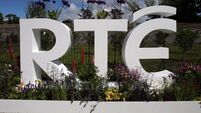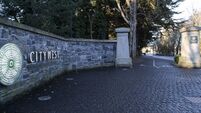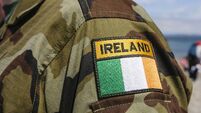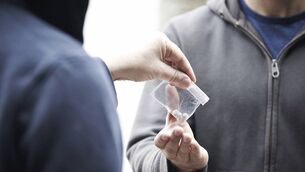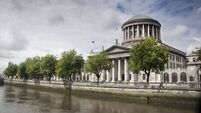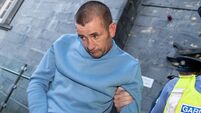Optimism in industry soars despite growth fears
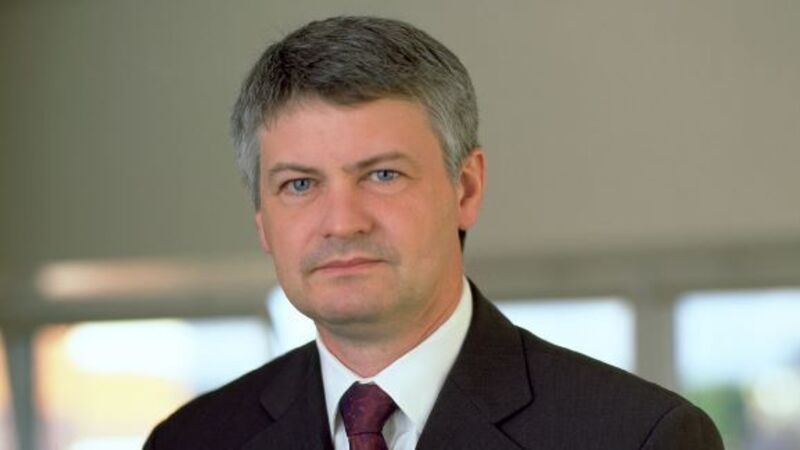
The national tourism development authority said its research shows 98% of tourism firms predicted 2014 would be at least as good as last year.
It reported advance bookings were already ahead of 2013 levels, with seven out of 10 hotels anticipating further growth.
In its annual review and outlook, Fáilte Ireland chief executive Shaun Quinn said 2013 was a good year for tourism, with the number of visitors up 7% to 6.7m, while revenue was up 6% to €5.7bn, of which €1.4bn was spent by Irish tourists.
However, Mr Quinn said the domestic market had remained static in 2013, with the outlook similar for 2014, while the performance of Britain — Ireland’s biggest overseas market — remained uncertain.
Research by Fáilte Ireland indicated that The Gathering contributed to 53% of last year’s increase, with a strong rise in the number of visitors from North America, Germany, and France.
Mr Quinn said virtually every part of the country enjoyed growth in the past 12 months. However, he said overall tourist numbers and revenue were still not back up to pre-recession levels of 2007.
Fáilte Ireland also welcomed a 12% increase in the numbers employed in tourism — up 14,700 to 200,000 in the past year — with many businesses citing the importance of the reduced 9% Vat rate on products and services. It forecast up to 8,000 more jobs could be created over the next 12 months.
Although the number of visitors from Britain increased by 5% last year, Mr Quinn said Ireland was still attracting 1m fewer visitors from Britain since a peak in 2007.
He acknowledged that value for money was an issue for British visitors because of the currency exchange rate. However, Mr Quinn said the cost of holidaying in Ireland was still viewed favourably by tourists from the US and mainland Europe, who would remain the main markets for driving growth in the short term.
Nevertheless, rising costs remains the primary concern for tourism interests, with 65% of businesses claiming it was an issue.
Research shows that 72% of all tourism businesses recorded growth last year — ranging from a high of 87% for firms in Dublin to just 57% in the East and Midlands.
Mr Quinn said there was a “three-speed recovery” in Irish tourism, with the capital showing the strongest growth rates, followed by other major urban centres, and then rural areas.
However, he said regions which had made the biggest efforts to stage Gathering events had derived the biggest benefit from a growth in visitor numbers.
The north-west recorded a 17% increase in tourists, followed by the Midlands (12%) and the south-west (11%). The smallest growth level was in the south-east, where visitor numbers rose by just 1%.
A Fáilte Ireland study showed Longford organised the most Gathering events on a per capita basis. Other strongly performing counties included Leitrim, Mayo, Monaghan, and Sligo.
At the other end of the scale, Kildare had the lowest contribution followed by Meath, Kilkenny, Dublin, and Wexford.
On the issue of pylons, Mr Quinn said Fáilte Ireland had made a submission on EirGrid’s controversial project in its role as a prescribed body under planning legislation.
Mr Quinn said the authority, as “a champion of tourism interests”, was anxious that the importance of the landscape to tourism was “taken on board” in the evaluation process.






